
The Dikika Research Project (DRP) is a multidisciplinary endeavor that seeks to address key evolutionary questions pertaining to various aspects of the paleobiology of early hominins (early human ancestors) – as well as their culture and environments over the past ca. 4.0 million years. At the very core of the project’s objectives is the recovery of hominin, fauna and floral fossil evidence, in order to document the time interval’s paleobiography as well as to establish the paleoenvironmental and geotectonic setting of the region. The ultimate goal of the project is to unravel the paleobiology of hominin, faunal and floral species that existed during this critical geologic time in a region recognized worldwide for its unique contribution to the field of paleoanthropology. We also strive to link the observed paleobiological transformations related to morphology, locomotion, behavior and other attributes to the region’s environmental and geotectonic dynamics.
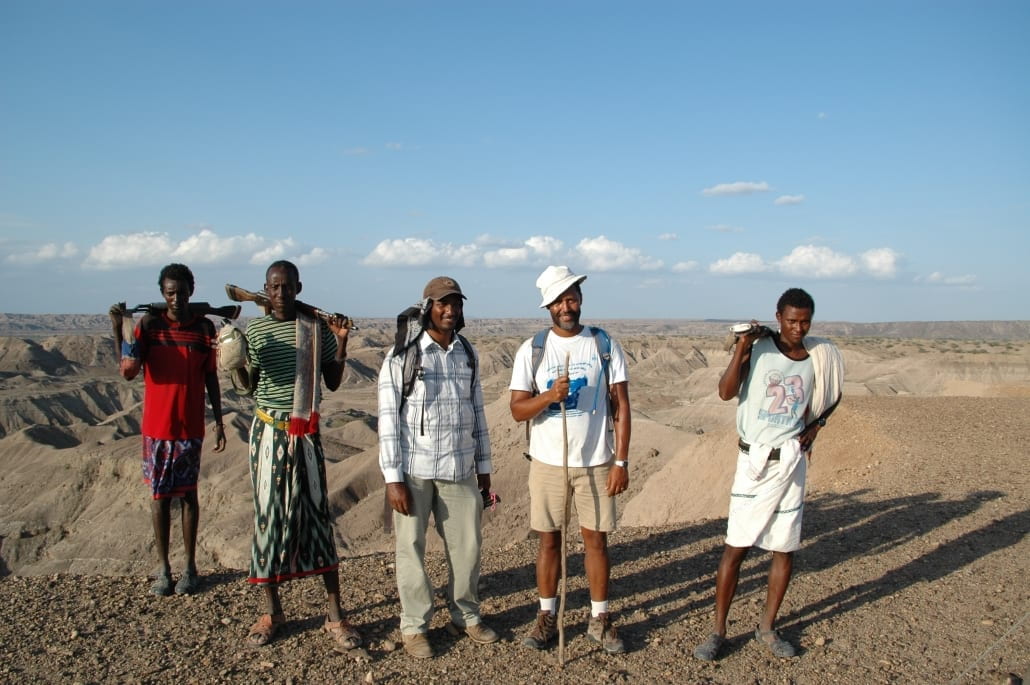

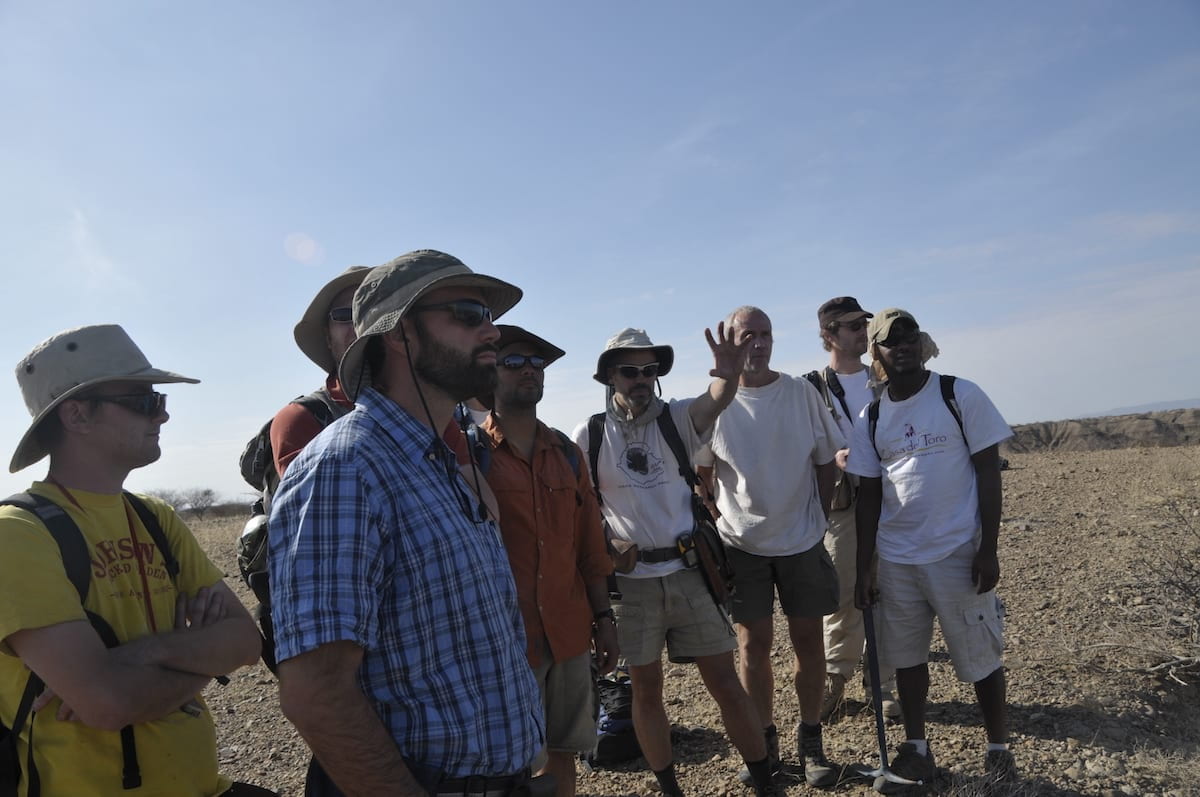

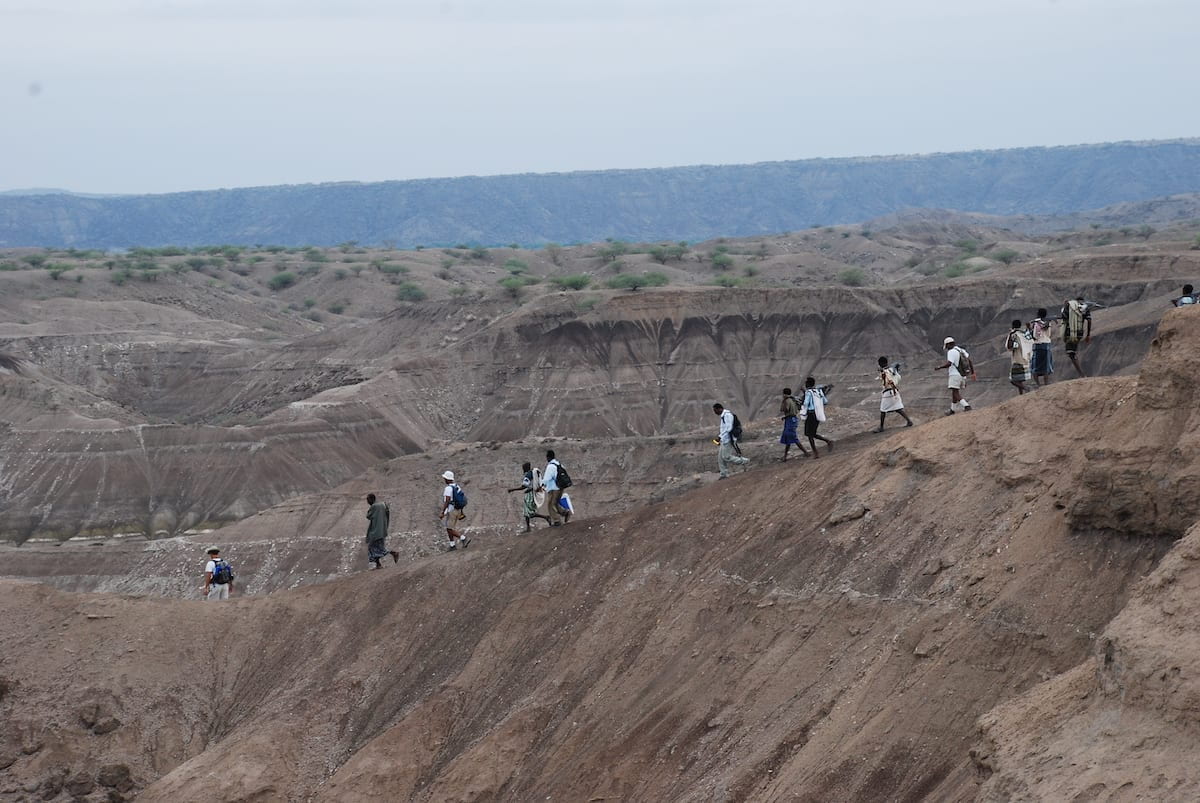
Discovering new fossils is key to exploring the evolutionary history of our species, and the Afar Region in Ethiopia has played an unparalleled role in this regard. The DRP research area is located in North Eastern Ethiopia, ca. 500 km from Addis Ababa, the capital, and at ca. 30 km from the nearest village of Adaytu. Extensive, continuous and thick sedimentary exposures at Dikika range in age from fewer than 500,000 to greater than 4 million years old, allowing recovery of paleontological and archaeological data from temporal intervals representing different biological and cultural evolutionary stages.
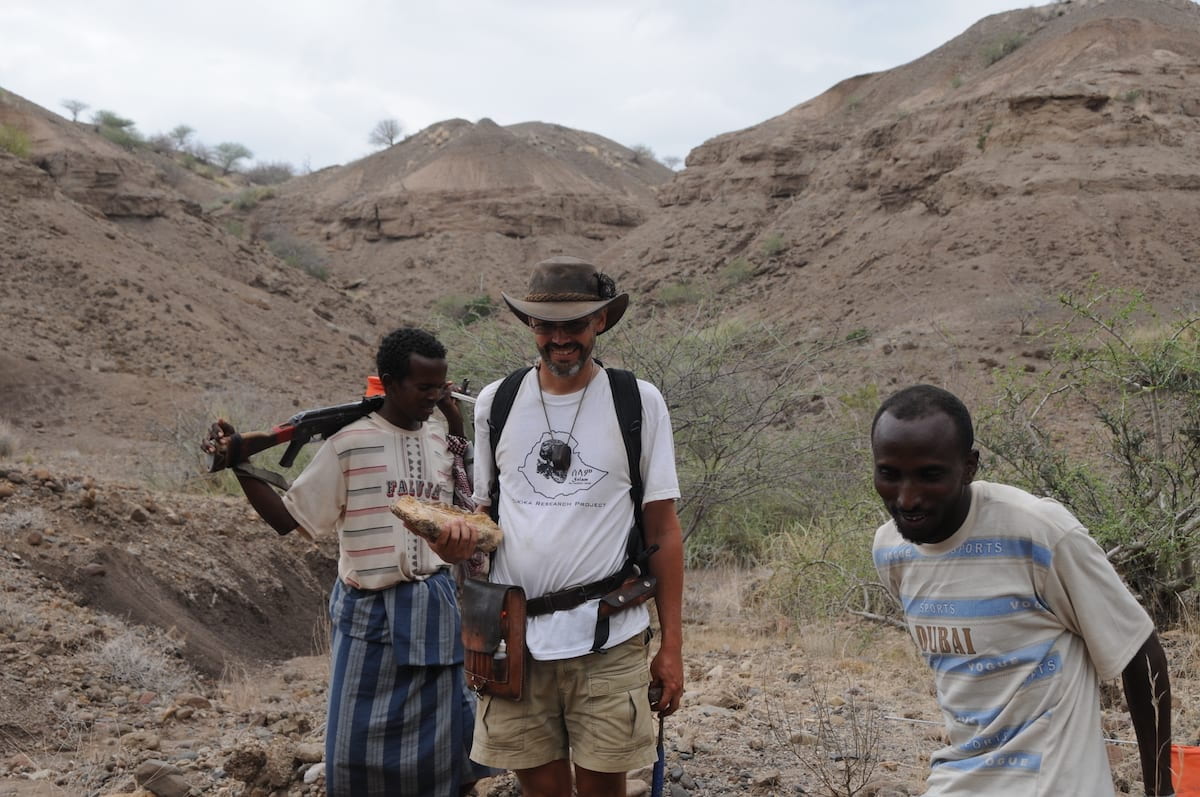
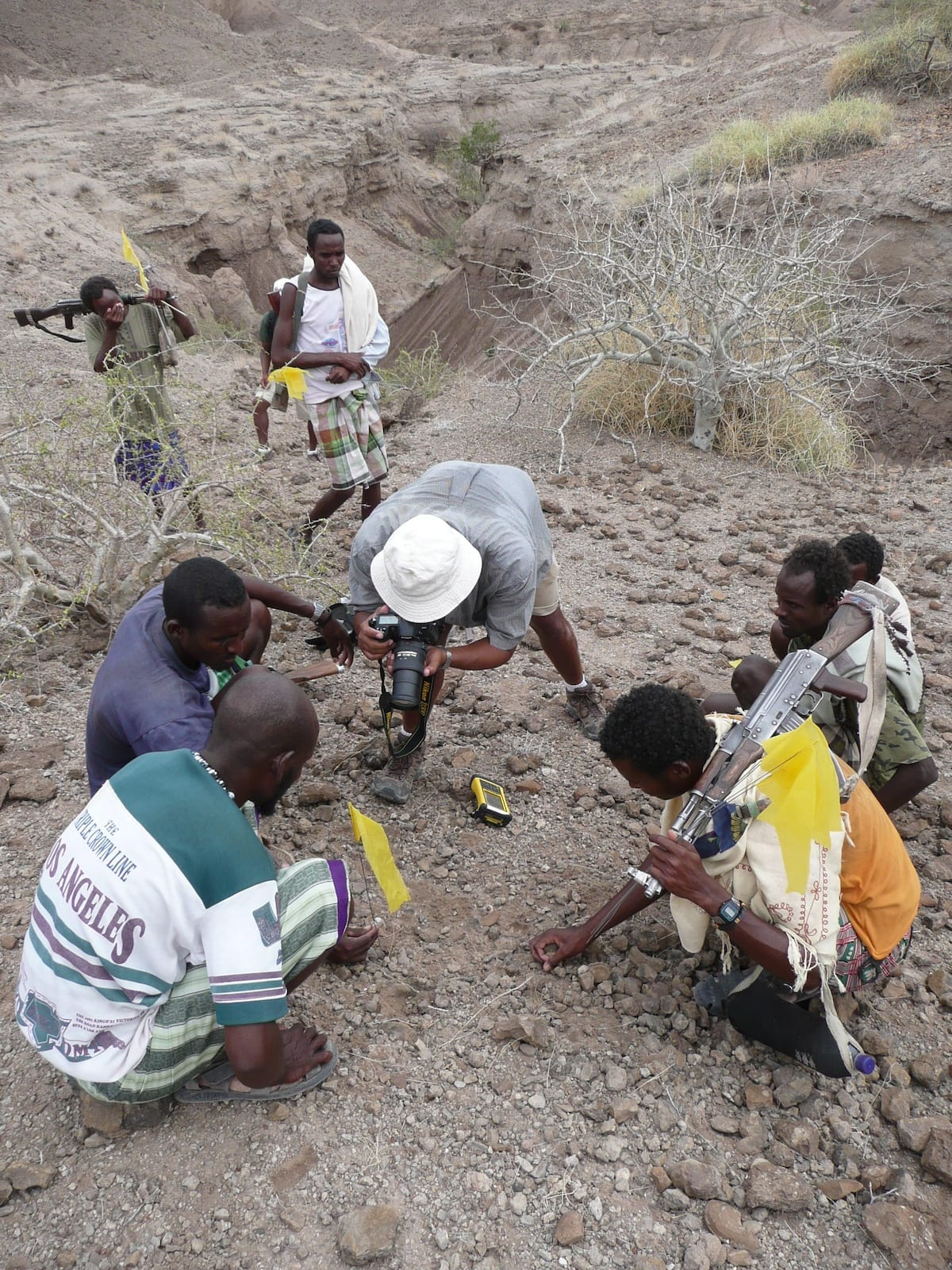
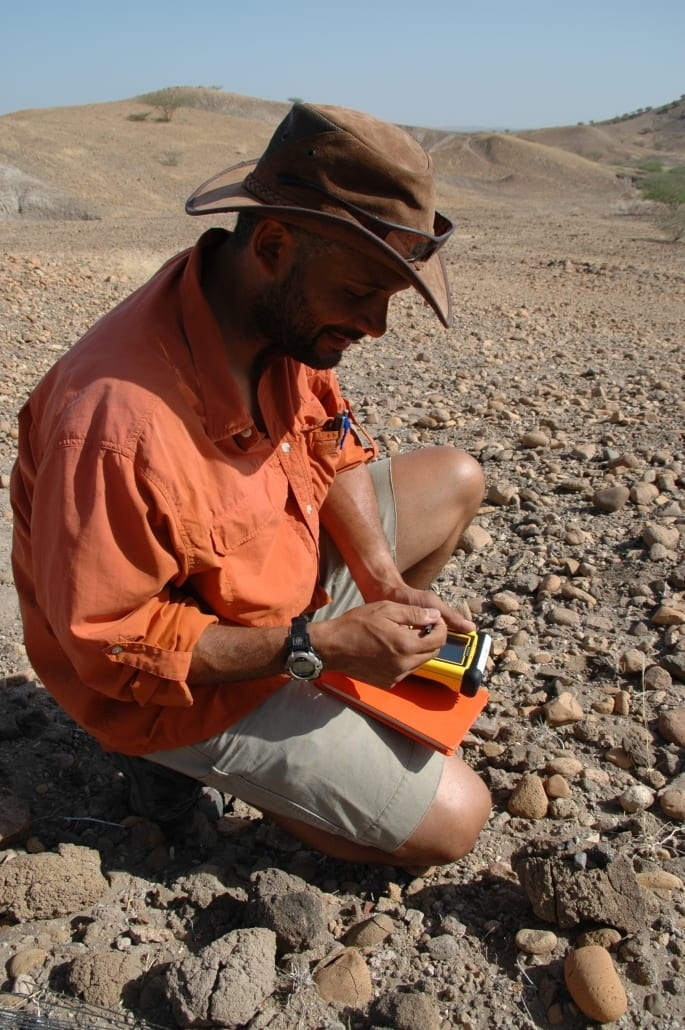

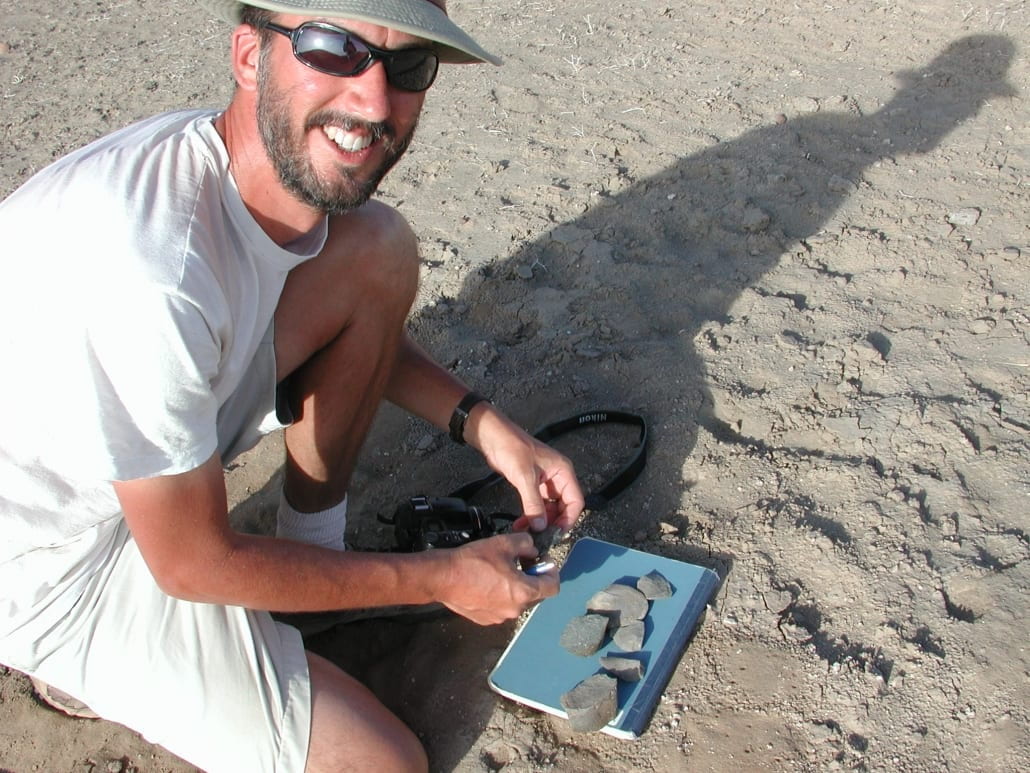
Along with a diverse and rich fossil faunal assemblage that includes many hominin remains, sediments at Dikika have already yielded some spectacular specimens including a ca. 60% complete skeleton of the earliest child ever discovered (nick-named Selam) which belongs to the species Australopithecus afarensis. The project continues to undertake a systematic collection of fossils using state of the art methods to address key questions about human origins, such as how many hominin species were present in the time interval between 0.5 and 4 Million years ago, and what are the evolutionary relationships of these species to other such species? What were their modes of evolution and diversification? How did they live and how did they interact with the animals and plants in their surroundings? Using data from Dikika to answer these major questions will contribute uniquely to the understanding of the link that exists between human evolution and environmental changes over time. To this end the geology of the area is also being reconnoitered in order to reconstruct the geotectonic background for human evolution. Data from this research will be made available to the paleoanthropological community, which will allow regional and international collaborative research and understanding of the history of our family.



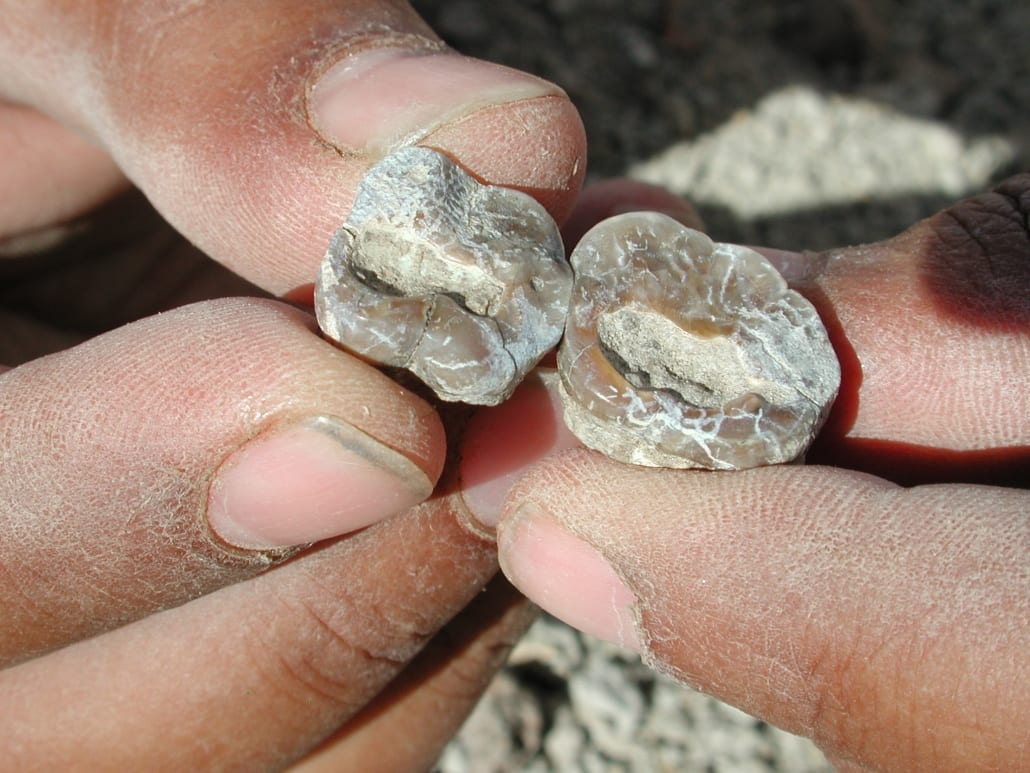

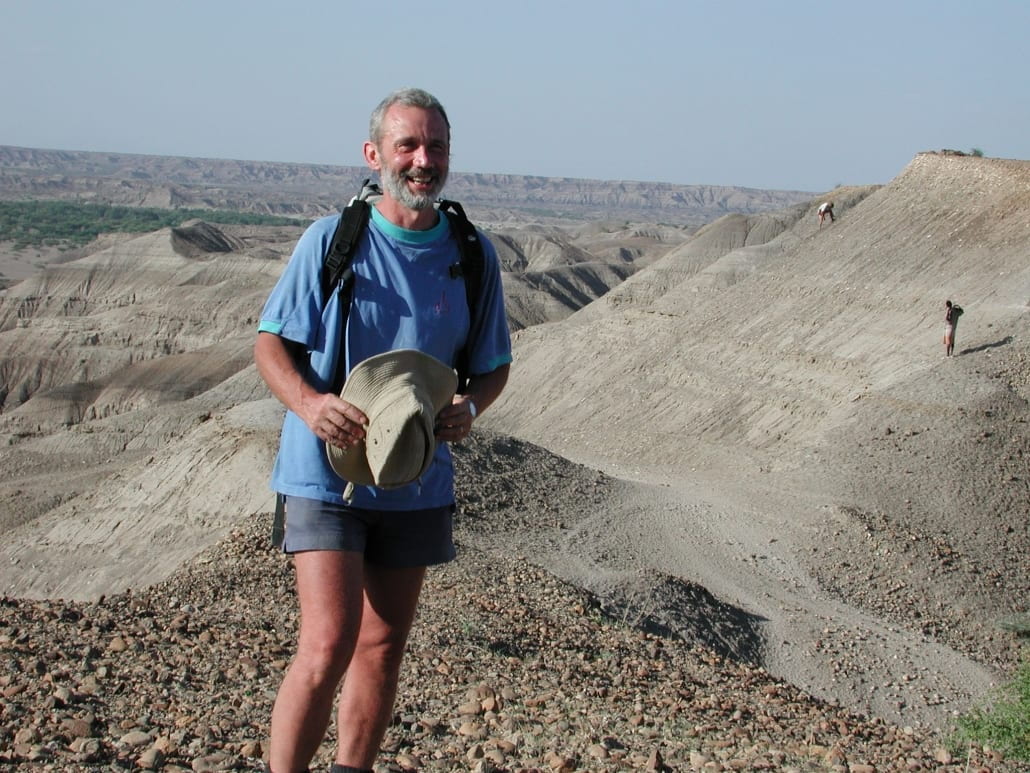



More information:
California Academy of Sciences | Institute for Biodiversity Science and Sustainability | Dikika Research Project
